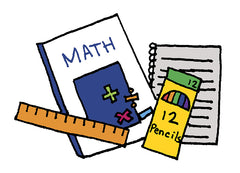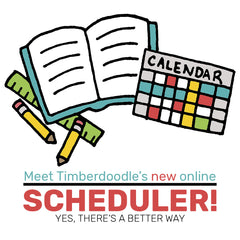Nicole asks: “How should I dual teach a 2- and 4-year-old?”
OUR ANSWER:
Fantastic question! Our family has twin 2-year-olds, a 3-year-old and a 4-year-old so I completely understand the difficulties! We’ve done a few things to make life easier.
TEACH INDEPENDENT LEARNING
Little ones don’t know how to learn on their own, but if you can help them gain this skill you’ll find you gain a lot of freedom. Our twins have learned to put together Plus-Plus Midi so they can be handed a stack of pieces to put together and that will give you a few minutes to work with their older sibling. Our older kids have learned to also do GeoStix, Thinkplay, WikkiStix, etc. As their skills grow it becomes easier and easier to set them at the table with __________ while you work with a sibling or just get dinner on.
USE REWARDS
Our little ones do their best work for Grandma and Pearl in the hour before nap time. About 45 minutes is spent on “school” skills and the last 15 minutes or so is spent with favorite toys that only come out during this time. (Right now Play Mobil trucks for the boys and figures for the girl are a favorite, but go with whatever motivates your children!)
MAXIMIZE NAP TIME
Our twins take a great nap so that time is ideal for working on math, language arts, and thinking skills – basically the things that require one-on-one teaching. When I work with the two oldest I prefer to hand one child something he or she can complete almost independently while I do one-on-one with the other. (On a practical note, I find I have much more success if I position myself between the 2 learners instead of expecting them to keep their hands to themselves and learn at the same time. That’s a skill they need to learn, but I’d rather focus on academics at school time so I do what I can to make that a non-issue.) So if I hand one child her WikkiStix I can help the other child with his math while she’s working.
BEYOND NAP TIME
If you are in the unfortunate position of having lost nap time, you’ll need to find another way to productively buy time while you work with your other child. A simple approach is to have a box of “school time” tools and toys that is only available while you’re working with your other child. This can be a simple as a collection of stickers and markers or as elaborate as a different bin for each day of the week. (Monday: Trains. Tuesday: Art. Wednesday: Duplo…)
 Skip to content
Skip to content





